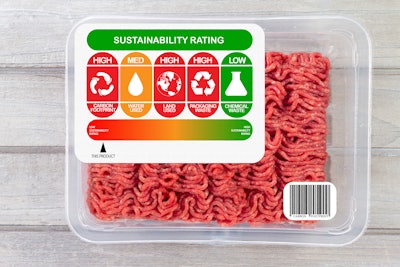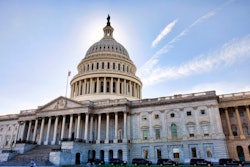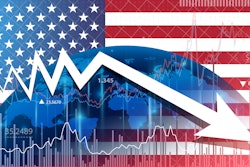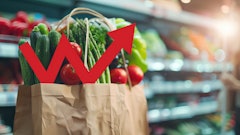
As many in the industry strive to be better environmental stewards, industry standards are changing as well. More state mandates for sustainable packaging are coming, in the food and beverage industry and across various sectors. California has been leading the way and other states have also begun the process toward greater packaging regulation.
It is only a matter of time before you might face new rules in your state, especially with food and beverage accounting for about half of packaging waste in U.S. landfills, according to data cited by Food Tank. There are financial steps to get your company ready for the potentially higher expenses – and benefits -- of being more environmentally conscious and compliant.
In California, the Plastic Minimum Content Standards law took effect this year, requiring plastic beverage containers covered by its bottle deposit program to contain at least 15% of post-consumer recycled (PCR) content by 2022, 25% by 2025 and 50% by 2030. California already mandates minimum recycled content for glass and rigid plastic packaging containers.
Maine and Oregon passed extended producer responsibility (EPR) packaging programs in 2021. Beginning in 2023, Washington will start phasing in PCR standards for plastic beverage bottles, plastic trash bags and plastic bottles for household cleaning and personal care products. New Jersey will follow suit in 2024, with requirements for non-beverage plastic containers, plastic beverage containers and glass containers.
There are distinct advantages for companies when they adopt sustainable packaging standards. The advantage with consumers, particularly younger demographics, constitutes a huge plus. According to the 2022 Global Buying Green Report, 86% of consumers under 45 are willing to pay more for sustainable packaging, up from 83% in 2021. In other findings, 57% of consumers are “less likely” to buy products in harmful packaging; 74% say they would be interested in buying products that come in refillable packaging; and 68% have chosen a product in the last six months based on its sustainability credentials.
According to 2020 data from IBM and Morning Consult reported by Vogue Business, Gen Z is willing to pay 50% more for an item that is sustainable and Millennials up to 33% more. A 2020 article in Glossy noted that 82% of Gen Z and Millennials would switch to a natural product with comparable results, while 77% would switch to a sustainable product when the product efficacy was the same.
Companies can also see potential benefits from greater sustainability in terms of raising capital. For those seeking equity financing, for example, some private equity sponsors do incorporate sustainable criteria in their assessment of potential investments.
In addition to the benefits, sustainable packaging mandates also mean that companies will have to contend with the costs. Production costs for sustainable options run about 25% more compared to traditional packaging, according to some reports, and companies say materials also tend to be less effective in maintaining freshness. While it is anticipated that costs will come down with greater adoption and increased supply, new state sustainable packaging regulations are likely to bring with increased expenses in the short term. Here are three ways to get ready from a financial perspective.
Assess your needs for working capital. Companies should begin to evaluate projected increases in operating expenses, which could go beyond the actual implementation of the packaging. According to the Trivium study, consumers are 57% less likely to buy products in packaging they consider harmful to the environment and 44% say they won’t buy products in packaging that is harmful to the environment. It is conceivable that adherence to new regulations could also entail additional marketing or promotional costs, as companies communicate the message of their sustainable packaging credentials to consumers.
Work with your banker on capital expenditures. What kind of financing will your company need to support sustainable packaging initiatives? Will you need to increase revolving lines of credit? Your banker or financial partner can work with you to identify options to support your company’s compliance.
Plan for future growth. In addition to future expansion, plans should include the possible implementation of more new initiatives going forward as consumers and other stakeholders increasingly favor more sustainable brands. Longer-term, you may need additional debt or equity financing.
It is likely that states will continue to enact sustainable packaging mandates for food and beverage and other industries. If your company invests in planning for regulatory changes now, you could see a return in terms of easier compliance and a potentially favorable perception by customers in the future.




















